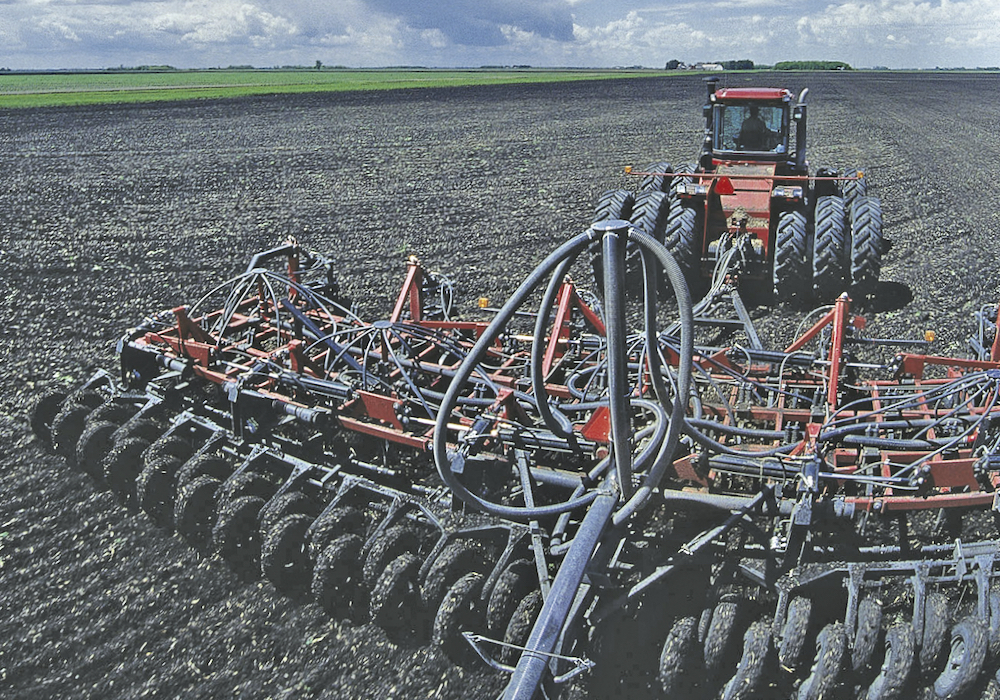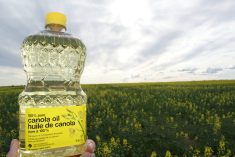Another week, another round of fresh highs in canola futures as the bullish uptrend in the market showed no signs of subsiding. A profit-taking correction always remains a possibility, but as traders like to say, ‘the trend is your friend… until it’s not.’
The new-crop November contract posted the biggest gains during the week ended April 21, as the old-/new-crop spread narrowed. November canola settled at $1,064.60 per tonne on April 21, up by about $32 per tonne over the course of the week. Meanwhile, the old-crop July contract was only up by $16 per tonne, settling at $1,158.80. That took the July/November spread back below $100 for the first time in five months.
In talking with traders and other market analysts, opinions are divided on whether or not these stratospheric canola prices are justified. Crush margins are well off their year-ago levels and imply that processors may be hard pressed to be profitable at current price levels. However, old-crop supplies remain tight and even with the usage pace running well behind normal, more demand still needs to be rationed in order to not run out of canola.
Read Also

Foggy grain market predictions for 2026
Many factors are pushing and pulling at grain markets as farmers leave 2025 behind and start considering what 2026 will bring.
There are also still plenty of question marks facing the 2022-23 crop. A cool and wet spring in the eastern Prairies will likely lead to seeding delays in the region, while dryness to the west is raising concerns over a possible repeat of last year’s drought. The canola market can’t afford to see another crop loss, but that will depend on the weather through the growing season.
After seeding 22.5 million acres of canola in 2021 there is also some debate over how much will go in the ground this year. On their own, the record-high canola prices — both in the futures and in the cash market — would encourage a sea of yellow across the Prairies. However, rotations have already been pushing the limit in recent years and competition from other crops will likely limit any acreage increase. High input costs are also a mark against canola, which can be more expensive to grow compared to other cropping options.
High new-crop canola prices are likely to continue as long as production is uncertain. However, it’s also worth remembering that even a drop of hundreds of dollars per tonne would still see prices at levels that would have been considered a record not that long ago.
In the United States, corn and soybean planting are in their early stages, which should keep the eyes of those market participants on the weather over the next while. Winter wheat in the southern Plains continues to deal with heat and dryness, while the northern spring wheat regions face seeding delays due to excess moisture and cold temperatures.
The ongoing war in Ukraine remains a feature in the background of the grains and oilseeds as farmers there attempt to seed what spring crops they can.
















